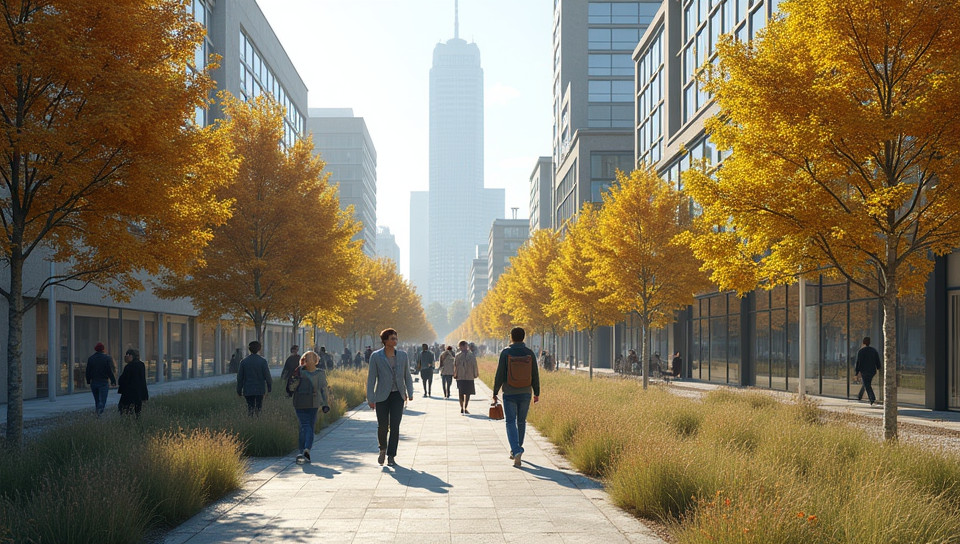Soundwalks inform urban planning 77%

The Sonic City: How Soundwalks are Revolutionizing Urban Planning
As we navigate our daily lives, it's easy to overlook the sounds that surround us. The hum of traffic, the chatter of pedestrians, and the wail of sirens all blend together to create a constant din that shapes our urban experience. But what if we told you there was a way to harness these sounds, not just as background noise, but as a valuable tool for understanding and improving city design? Welcome to the world of soundwalks.
The Power of Sound
Soundwalks involve walking through an area while actively listening to its acoustic environment. This simple yet profound practice has been adopted by urban planners, architects, and designers to gain a deeper understanding of how cities work – or don't work. By paying attention to the sounds that arise from different environments, they can identify areas where noise pollution is a problem, where public spaces are poorly designed, and where community engagement is lacking.
Beyond the Surface Level
Soundwalks allow us to tap into the emotional and psychological dimensions of urban design. The sounds we hear influence our mood, behavior, and even our sense of identity. A noisy street can be overwhelming, while a quiet park can be calming. By considering these acoustic nuances, soundwalks provide valuable insights for creating more livable cities.
What Do Soundwalks Reveal?
- Noise pollution hotspots
- Areas with poor acoustics (e.g., echoey alleys or quiet dead ends)
- Spaces that foster community engagement (e.g., bustling plazas or vibrant markets)
- Opportunities for sound-based public art installations or performances
By analyzing these findings, urban planners can design cities that not only reduce noise pollution but also create spaces that promote social interaction and a sense of place.
The Future of Urban Planning
As the world grapples with issues like climate change, gentrification, and community displacement, soundwalks offer a unique solution for creating more inclusive, sustainable, and vibrant cities. By incorporating sound into urban planning, we can build environments that not only mitigate noise pollution but also foster social cohesion and civic engagement.
Conclusion
Soundwalks are no longer just an artistic practice or a curiosity; they have become a vital tool in the field of urban design. As our cities continue to grow and evolve, it's time to recognize the importance of sound in shaping our urban experience. By embracing soundwalks as a key component of urban planning, we can create cities that are not only quieter but also more livable, sustainable, and just for all.
- Created by: Antônia Cavalcante
- Created at: Jan. 15, 2025, 2:37 p.m.
- ID: 17911




